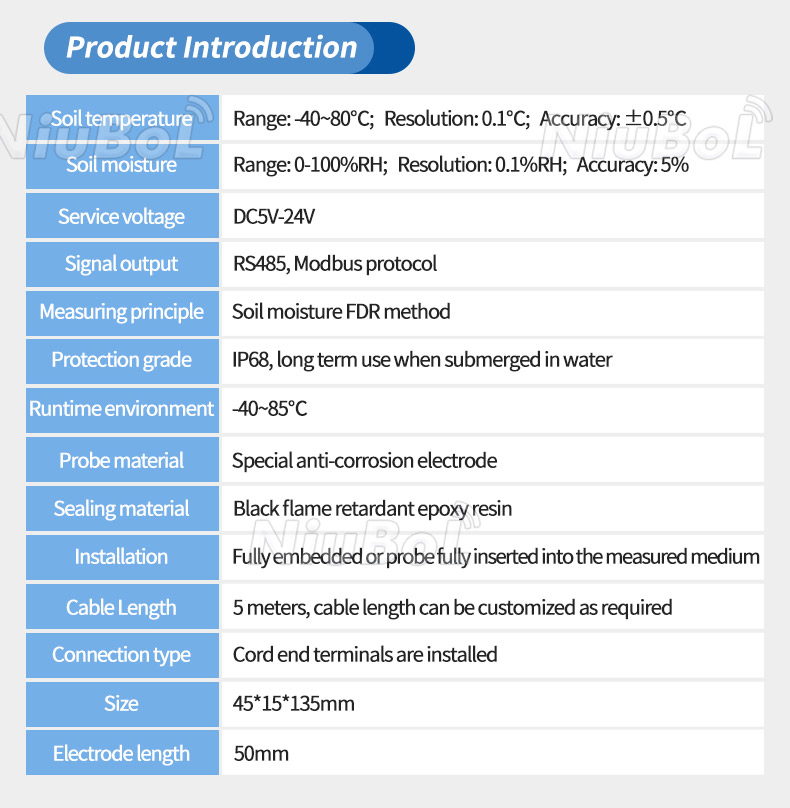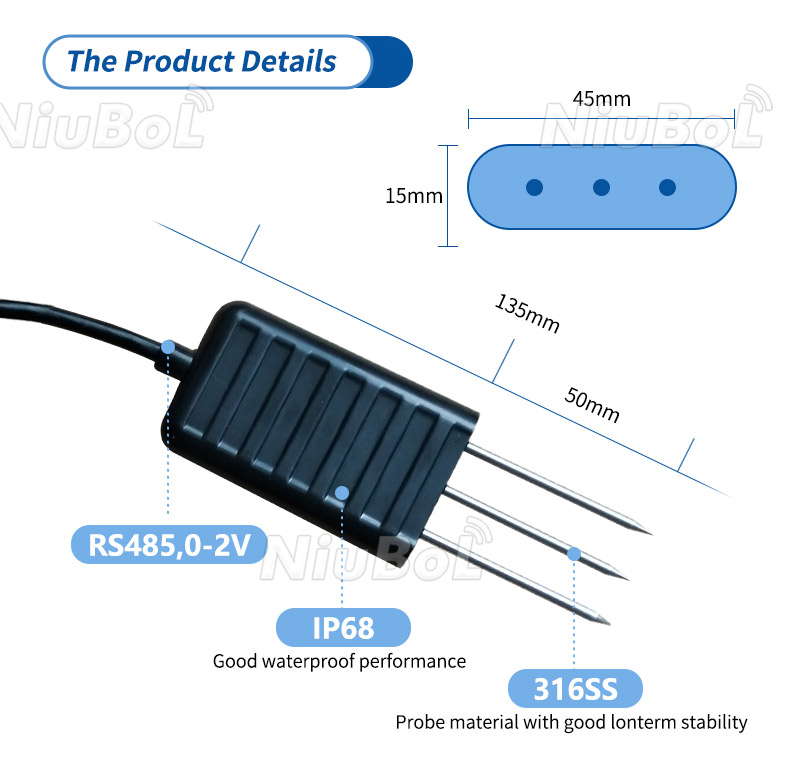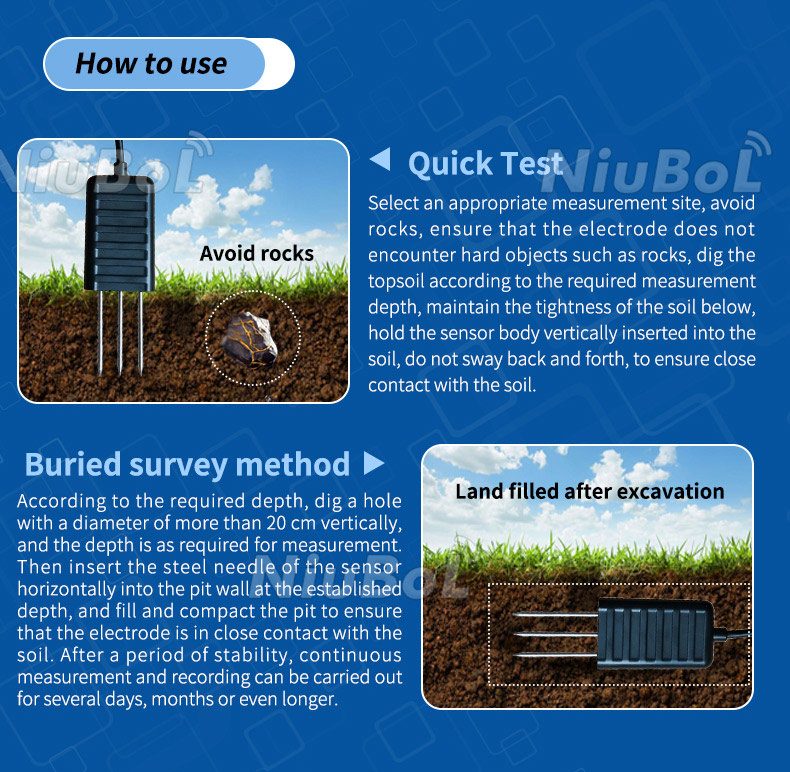

— Blogs —
—Products—
 Consumer hotline +8618073152920
Consumer hotline +8618073152920 WhatsApp:+8615367865107
Address:Room 102, District D, Houhu Industrial Park, Yuelu District, Changsha City, Hunan Province, China
Product knowledge
Time:2022-05-18 20:04:46 Popularity:872
Humidity sensor measuring range
Like measuring weight and temperature, selecting a humidity sensor must first determine the measuring range. Except for meteorological and scientific research departments, those engaged in temperature and humidity measurement and control generally do not need full-humidity (0-100%RH) measurement.

In today's information age, sensor technology is closely integrated with computer technology and automatic control technology. The purpose of measurement is to control, and the measurement range and control range are collectively called the use range. Of course, for users who do not need to engage in measurement and control systems, they can directly choose a general-purpose hygrometer.

Humidity sensor measurement accuracy
Like the measurement range, the measurement accuracy is the most important indicator of the sensor. Each increase - a percentage point. For the sensor, it is a step up, or even a grade. Because to achieve different precision, the manufacturing cost is very different, and the price is also very different.
For example, an imported cheap humidity sensor costs only a few dollars, while a full-humidity humidity sensor for calibration costs hundreds of dollars, a difference of nearly a hundred times. Therefore, users must tailor their clothes, and should not blindly pursue "high, refined, and sharp".
Manufacturers often give the accuracy of their humidity sensors in segments. For example, the medium and low humidity sections (0-80%RH) are ±2%RH, while the high-humidity sections (80-100%RH) are ±4%RH. And this accuracy is the value at a specified temperature (eg 25°C). Such as using a humidity sensor at different temperatures. The indication value should also consider the influence of temperature drift.

It is well known that relative humidity is a function of temperature, and temperature strongly affects the relative humidity in a given space. The temperature changes every 0.1°C. A humidity change (error) of 0.5%RH will occur. If it is difficult to achieve constant temperature in the application occasion, it is inappropriate to propose too high humidity measurement accuracy. Because the humidity fluctuates with the change of temperature, it will lose its practical significance to talk about the accuracy of humidity measurement. Therefore, to control humidity, we must first control the temperature, which is why a large number of applications are often temperature and humidity-integrated sensors rather than simply humidity sensors.

In most cases, if there is no precise temperature control method, or the measured space is not sealed, the accuracy of ±5%RH is sufficient. For the local space that requires precise control of constant temperature and humidity, or needs to track and record humidity changes at any time, choose ±3%RH
Humidity sensor with above precision. The corresponding temperature sensor. The temperature measurement accuracy must be more than ±0.3℃, at least ±0.5℃. And the requirement that the accuracy is higher than ±2%RH may be difficult for even the standard humidity generator to calibrate the sensor, let alone the sensor itself. The article from the Humidity Room of the National Standard Material Research Center said: "It is still very difficult for relative humidity measuring instruments to achieve an accuracy of 2% RH even at 20-25 °C."
Related recommendations
Sensors & Weather Stations Catalog
Agriculture Sensors and Weather Stations Catalog-NiuBoL.pdf
Weather Stations Catalog-NiuBoL.pdf
Related products
 Combined air temperature and relative humidity sensor
Combined air temperature and relative humidity sensor Soil Moisture Temperature sensor for irrigation
Soil Moisture Temperature sensor for irrigation Soil pH sensor RS485 soil Testing instrument soil ph meter for agriculture
Soil pH sensor RS485 soil Testing instrument soil ph meter for agriculture Wind Speed sensor Output Modbus/RS485/Analog/0-5V/4-20mA
Wind Speed sensor Output Modbus/RS485/Analog/0-5V/4-20mA Tipping bucket rain gauge for weather monitoring auto rainfall sensor RS485/Outdoor/stainless steel
Tipping bucket rain gauge for weather monitoring auto rainfall sensor RS485/Outdoor/stainless steel Pyranometer Solar Radiation Sensor 4-20mA/RS485
Pyranometer Solar Radiation Sensor 4-20mA/RS485
Screenshot, WhatsApp to identify the QR code
WhatsApp number:+8615367865107
(Click on WhatsApp to copy and add friends)